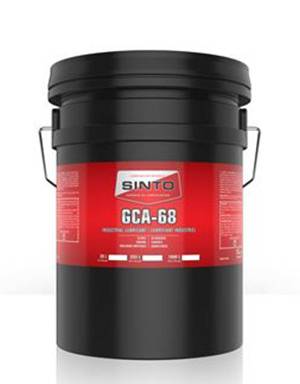Indigo Blue Vat Blue


The artisans employing indigo dyeing techniques continuously innovate by incorporating contemporary designs and motifs. They merge age-old practices with modern aesthetics, creating products that appeal to both traditionalists and the style-conscious millennials. Items such as indigo-dyed jackets, scarves, home textiles, and even accessories have found their way into global fashion circles, celebrated for their authentic craftsmanship and sustainable origins. China's indigo dye industry positions itself as a beacon of sustainable fashion. It stands in contrast to fast fashion, which often leaves a significant environmental footprint. With the growing consumer demand for eco-friendly products, indigo dye businesses are flourishing, offering high-quality alternatives to mass-produced garments. These businesses emphasize transparency and traceability, encouraging consumers to appreciate the cultural roots and meticulous handiwork behind each piece of fabric. Designers from around the world are drawn to Chinese indigo for collaborative projects, integrating its unique properties into their collections. This interaction between local artisans and international designers fosters an exchange of knowledge that is crucial for preserving traditional techniques while innovating within the industry. Moreover, the growing popularity of indigo dyeing has empowered rural communities economically, offering steady employment and nurturing a sustainable micro-economy built on cultural expression and environmental stewardship. In conclusion, China's indigo dyes are more than just threads woven into fabric; they represent a harmonious balance between culture, nature, and artistic expression. As global markets continuously lean towards sustainable and ethical products, the demand for expertly crafted indigo pieces remains steadfast. Spearheaded by skilled artisans and fueled by eco-conscious movements, the indigo dye industry is poised to remain a significant player in the textile market, reasserting China's place on the map as a leader in sustainable fashion design.
-
The Timeless Art of Denim Indigo Dye
NewsJul.01,2025
-
The Rise of Sulfur Dyed Denim
NewsJul.01,2025
-
The Rich Revival of the Best Indigo Dye
NewsJul.01,2025
-
The Enduring Strength of Sulphur Black
NewsJul.01,2025
-
The Ancient Art of Chinese Indigo Dye
NewsJul.01,2025
-
Industry Power of Indigo
NewsJul.01,2025
-
Black Sulfur is Leading the Next Wave
NewsJul.01,2025

Sulphur Black
1.Name: sulphur black; Sulfur Black; Sulphur Black 1;
2.Structure formula:
3.Molecule formula: C6H4N2O5
4.CAS No.: 1326-82-5
5.HS code: 32041911
6.Product specification:Appearance:black phosphorus flakes; black liquid

Bromo Indigo; Vat Bromo-Indigo; C.I.Vat Blue 5
1.Name: Bromo indigo; Vat bromo-indigo; C.I.Vat blue 5;
2.Structure formula:
3.Molecule formula: C16H6Br4N2O2
4.CAS No.: 2475-31-2
5.HS code: 3204151000 6.Major usage and instruction: Be mainly used to dye cotton fabrics.

Indigo Blue Vat Blue
1.Name: indigo blue,vat blue 1,
2.Structure formula:
3.Molecule formula: C16H10N2O2
4.. CAS No.: 482-89-3
5.Molecule weight: 262.62
6.HS code: 3204151000
7.Major usage and instruction: Be mainly used to dye cotton fabrics.

